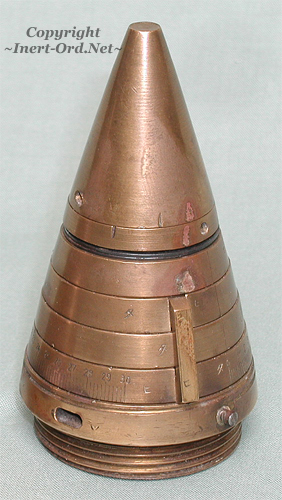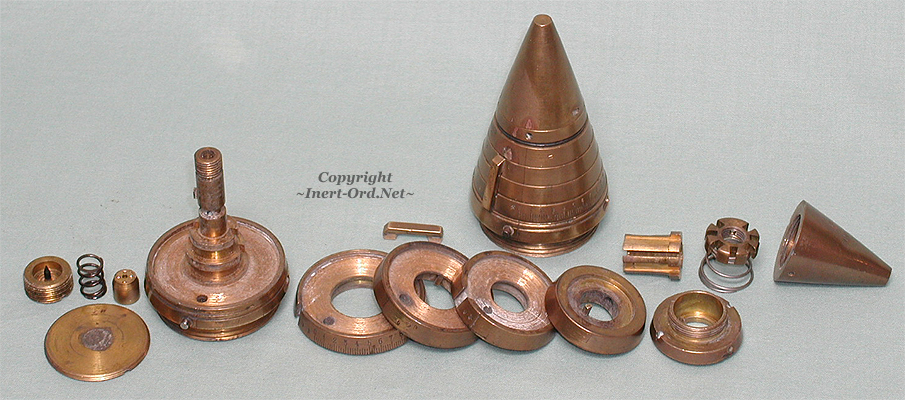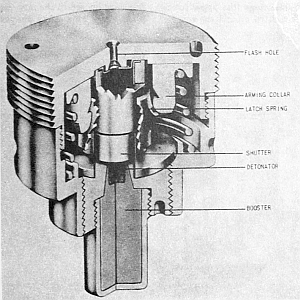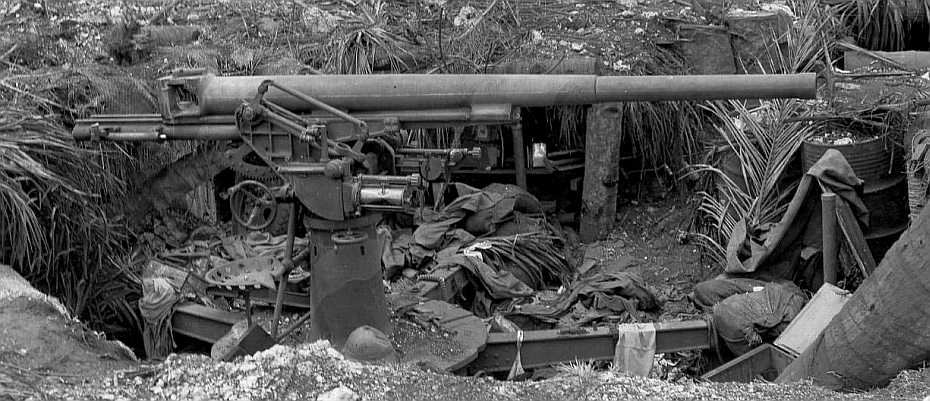

The fuze consists of a stack four of circular rings, each with an internal channel containing a compressed black powder delay train.
The overall length of the train (delay time) is adjusted by rotating these rings.
The first (top) and third rings are fixed. The second and fourth rotate together.
Time increments are marked at the bottom, from 0 to 30 seconds
The origin of this design can be traced back to the Bormann Time Fuze invented about 1840. It used single layer delay "ring", providing up to a five second delay and was used extensively during the American Civil War.
The concept was modified, improved on and evolved through WWI and on to WWII by various countries. See my page about the WWI British No.80 combustion time fuze, for a detailed description of how these stacked delay rings work.
The Japanese Type 89 is among the last combustion time fuze designs. Advances in manufacturing technology for mechanical time fuzes made the concept obsolete.




